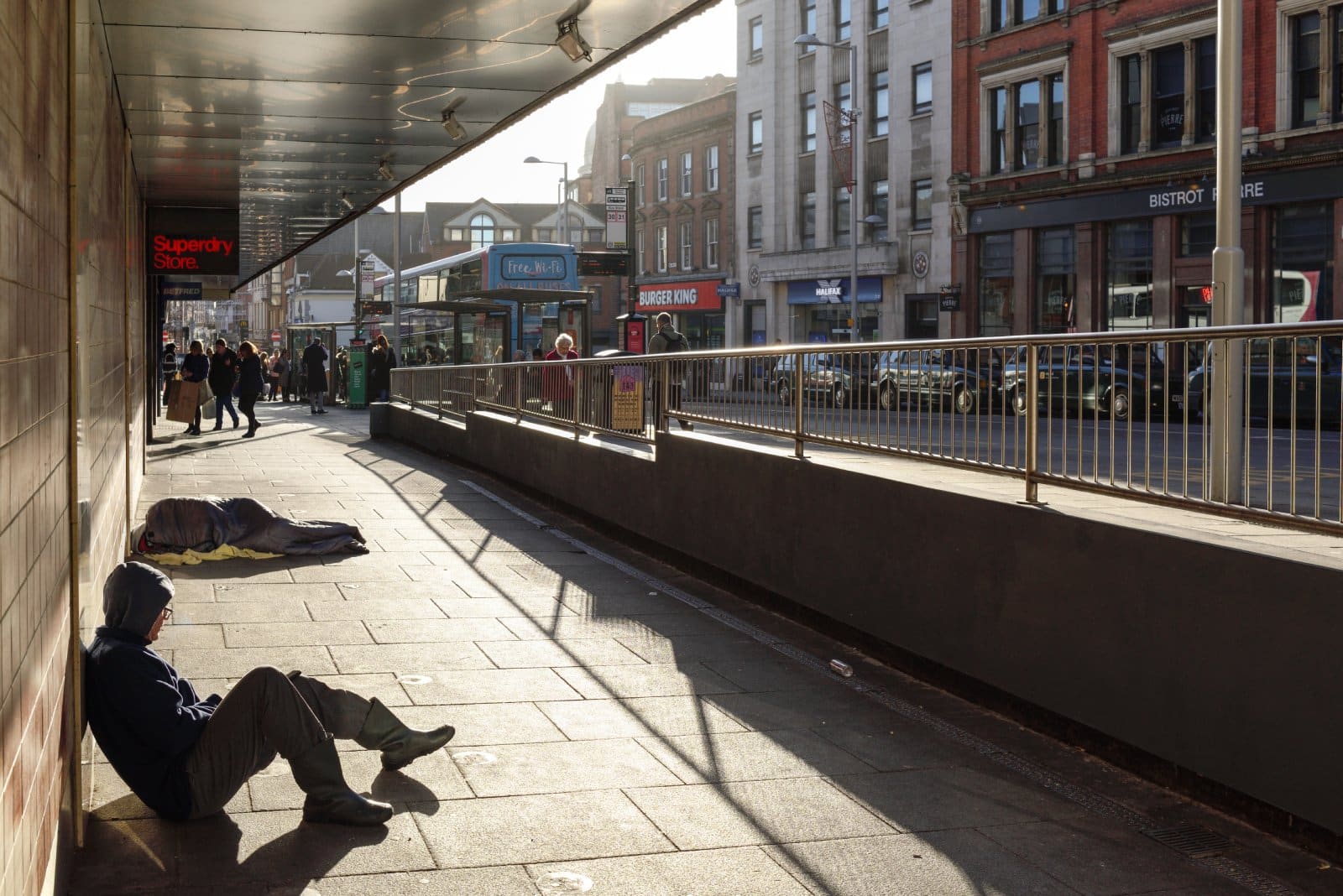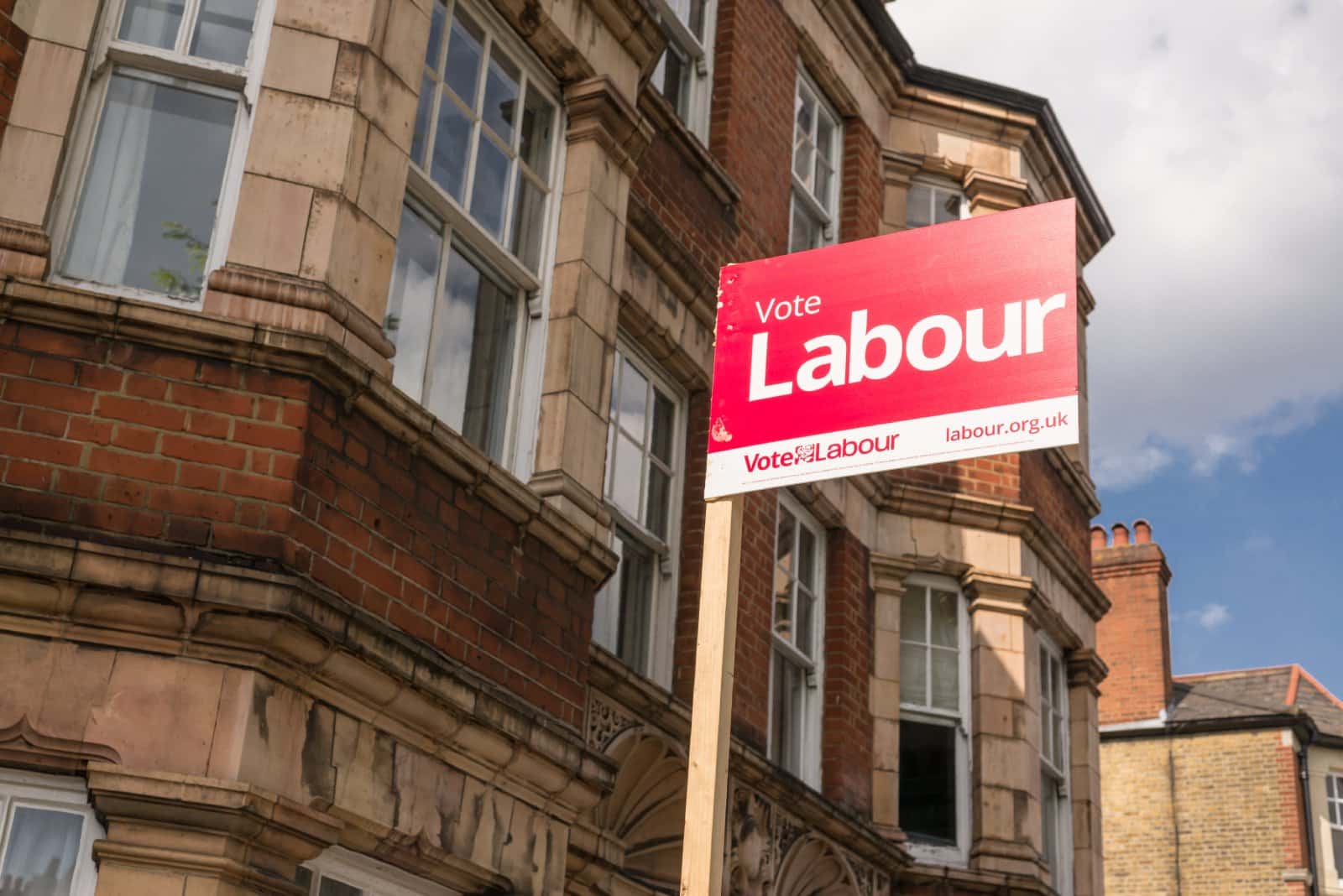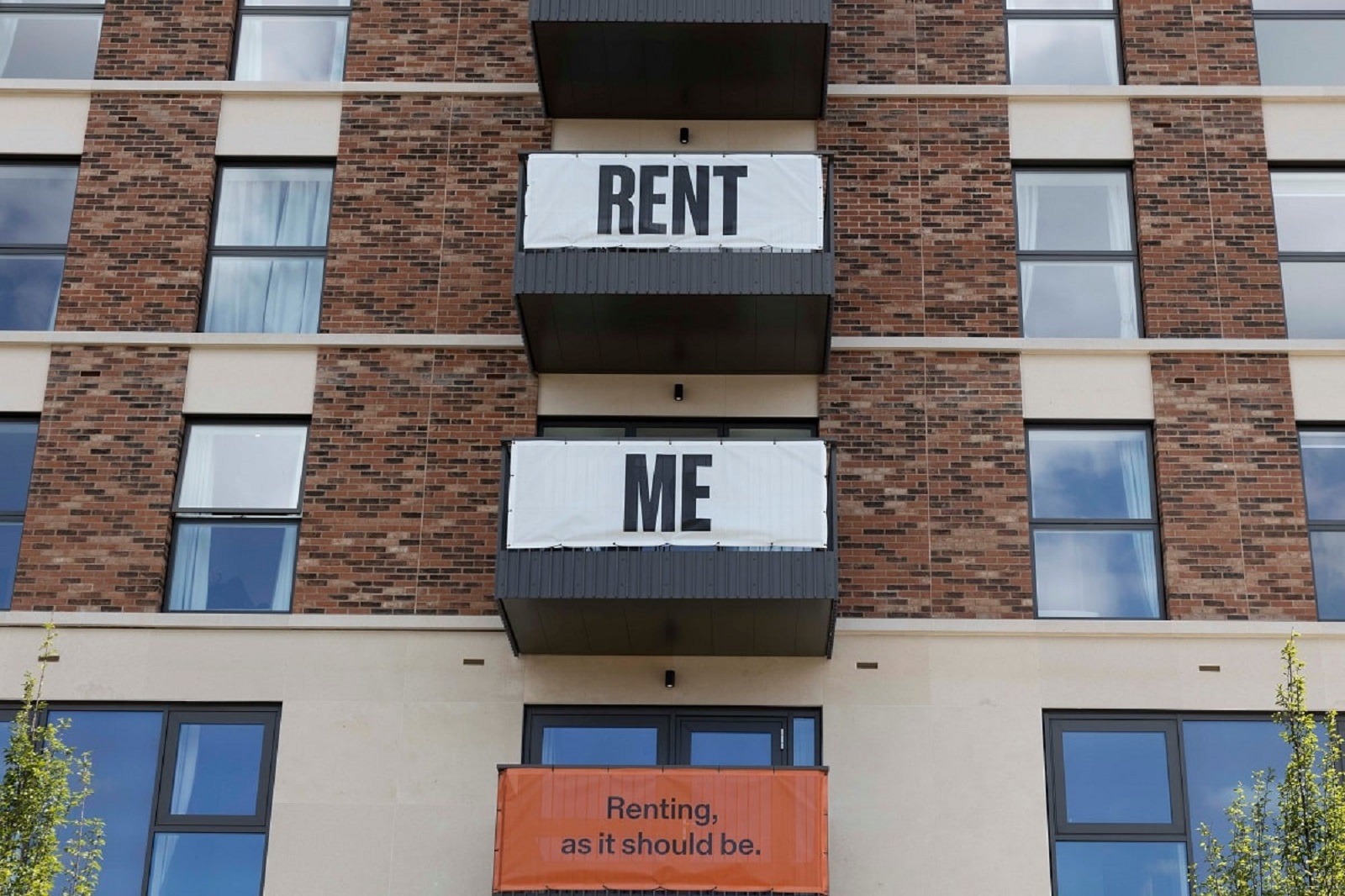The UK’s housing crisis is a complex issue with deep roots and no quick fixes in sight. Despite various governmental efforts, here are 18 reasons why we’re not likely to see a significant improvement in the near future.
1. Lack of Affordable Housing

The UK is not building enough affordable homes to meet demand, with government targets consistently missed. In 2021, only around 6,600 social rent homes were built against a backdrop of tens of thousands of families on waiting lists.
2. High Property Prices

Average house prices in the UK have risen by over 60% in the last decade, outpacing wage growth significantly. In areas like London, prices have more than doubled, making homeownership a distant dream for many.
3. Stringent Mortgage Requirements

Post-2008 financial regulations have tightened mortgage lending criteria, requiring higher deposits which many potential buyers struggle to afford. This shift has reduced the pool of those who can secure mortgages.
4. Rise of Buy-to-Let

The buy-to-let market has expanded, with landlords now holding over 2.6 million properties in the UK. This trend squeezes the market and elevates prices, reducing availability for first-time buyers.
5. Land Banking

Developers holding onto land without building has kept the supply of new homes artificially low. Estimates suggest thousands of homes could be built on unused land already zoned for residential use.
6. Planning Restrictions

Tough planning restrictions and local opposition often delay building projects. It takes an average of five years to get large building projects approved, prolonging the housing shortage.
7. Geographic Imbalance

Supply doesn’t meet demand geographically, with a critical shortage in the Southeast while other regions have surplus. This mismatch contributes to economic disparities and migration pressures within the country.
8. Population Growth

The UK population has grown by over 7% in the last decade, adding pressure to an already strained housing market. More people mean higher demand for housing, escalating competition and prices.
9. Decline in Social Housing

The stock of council housing has dramatically declined since the 1980s due to the Right to Buy scheme and insufficient new builds. This has resulted in over a million households waiting for social housing.
10. Foreign Investment

Foreign investment in UK real estate remains high, with London property especially seen as a safe asset. This investment inflates property prices and reduces the stock available for local residents.
11. Economic Uncertainty

Brexit and other economic fluctuations have made the housing market even more volatile. Uncertainty discourages investment in housing development and complicates future planning.
12. Stagnant Wage Growth

Real wages in the UK have barely risen in over a decade, growing at a much slower pace than house prices. This wage stagnation makes saving for a deposit increasingly difficult for many workers.
13. Gentrification

Gentrification in cities like London displaces long-standing communities, as property values and rents rise sharply. This process often pushes lower-income families out of their neighbourhoods, exacerbating the housing crisis.
14. Rising Homelessness

Homelessness has increased by over 165% since 2010, reflecting the severe lack of affordable housing. This includes a significant rise in rough sleeping, which has more than doubled in the same period.
15. Current Government Policy

The current government has been criticized for insufficient action on housing, with many policies falling short of making a substantial impact. Current strategies lack the aggressive targets needed to tackle the scale of the crisis.
16. Potential Labour Government Policies

The Labour Party has proposed ambitious plans to rectify the housing shortage, including pledges to build hundreds of thousands of new homes. However, the effectiveness of these plans hinges on their ability to enact them if they come to power.
17. Fluctuating Interest Rates

Recent increases in interest rates have added to the cost of borrowing, making mortgages less affordable for potential buyers. This is likely to further constrain the housing market.
18. Aging Population

An aging population means fewer homes are coming onto the market, as older generations are staying in their homes longer. This reduces the overall housing turnover, keeping supply tight.
No Quick Fix

Each of these factors shows how deeply entrenched the UK’s housing crisis is, with no simple or quick solutions on the horizon.
The post Why the UK’s Housing Crisis Persists: 18 Major Challenges first appeared on Lists Lovers.
Featured Image Credit: Shutterstock / Ian Francis.
For transparency, this content was partly developed with AI assistance and carefully curated by an experienced editor to be informative and ensure accuracy.

